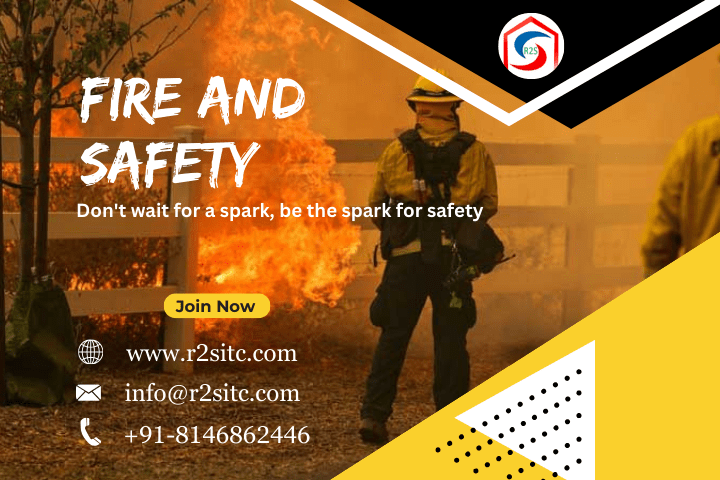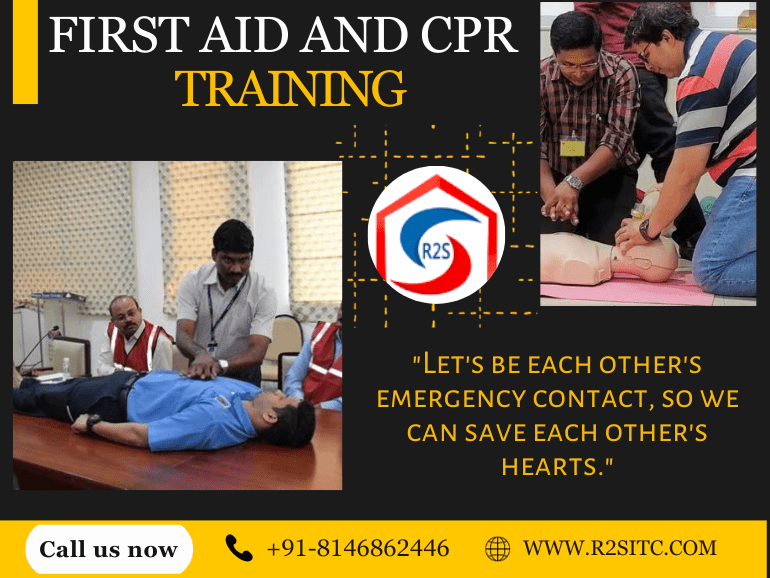In the construction and heavy industry sectors, the term “rigger” is one that holds vast significance. A rigger plays a pivotal role in ensuring the safety and efficiency of various lifting and rigging operations. From moving heavy machinery to build structural components, riggers are the backbone of any operation that involves lifting loads.
If you’re considering a career in rigging or looking to enhance your existing skills, you’ve come to the right place. In this blog, we’ll delve deep into the world of rigger training and explore the complete training programs offered by R2SITC, a renowned institution that has set the standard for rigging training excellence.
Understanding the Role of a Rigger
Before we dive into the details of rigger training, let’s first understand what a rigger’s role require. A rigger is responsible for ensuring that loads are properly secured and moved safely, often using equipment like cranes, hoists, and various rigging tools. Their responsibilities include:
1. Load Calculation: Rigging involves a deep understanding of physics and load dynamics. Riggers must calculate the weight, size, and center of gravity of loads to determine the appropriate rigging equipment and techniques.
2. Equipment Inspection: Before each lift, riggers must inspect all equipment to ensure it’s in good working condition. This includes ropes, slings, shackles, hooks, and more.
3. Rigging Plan: Developing a rigging plan is important to ensure the safe and efficient movement of loads. The plan outlines the type of equipment to be used, rigging configurations, and the execution of the lift.
4. Safety Protocols: Safety is essential in rigging. Riggers need to follow strict safety protocols and procedures to protect themselves and others on the job site.
5. Communication: Effective communication is vital in a team of riggers. Clear instructions and signals must be given to crane operators and other team members to coordinate the lift safely.
Given the importance of these responsibilities, rigger training is a prerequisite for anyone aspiring to excel in this field.
Introducing R2SITC Rigger Training
When it comes to rigger training, R2SITC (Road 2 Safety International Training Consultancy ) stands out as a leader in providing complete and top-quality training programs. With a reputation built on excellence and a commitment to safety, R2SITC has become the go-to choice for individuals and organizations seeking to enhance their rigging skills.
About R2SITC
Road 2 Safety International Training & Consultancy (R2SITC) is about “ROAD TO SAFETY” for Health, Safety and Environment in conjunction with Quality Management. We are the leading training institute in Punjab. We do have students from out of Punjab, as we provide a place to stay and food. Our brand has become one of the best training institutes in Punjab. Here’s why R2SITC is a preferred choice for rigger training:
1. Experienced Instructors: R2SITC satisfied itself on its team of highly experienced instructors. These experts have great knowledge of rigging, safety, and industry standards. They bring real-world experience to the classroom, making the training practical and relevant.
2. Complete Curriculum: R2SITC’s training programs are designed to cover all aspects of rigging. From fundamental principles to advanced techniques, participants receive a well-rounded education.
3. State-of-the-Art Facilities: R2SITC provides state-of-the-art training facilities equipped with the latest rigging equipment and tools. This ensures that participants have access to the resources they need to develop their skills.
4. Customized Training: R2SITC offers flexibility in its training programs, allowing customization to meet the specific requirements of different industries. Whether you’re in construction, manufacturing, or any other field that requires rigging, R2SITC has a program for you.
5. Safety First: Safety is R2SITC’s top priority. Their training programs highlight the importance of safe practices, ensuring that participants are well-prepared to work in environments where safety is paramount.
6. Certification: Upon successful completion of their training programs, participants receive certifications that are recognized and respected in the industry. These certifications can increase career opportunities and demonstrate a commitment to safety and excellence.
R2SITC Rigger Training Programs
R2SITC offers a range of rigger training programs that cater to different skill levels and industry needs. Some of their flagship courses include:
1. Basic Rigging: This course is designed for individuals who are new to rigging. It covers fundamental principles, equipment operation, and safety practices. Participants gain a strong foundation in rigging basics.
2. Intermediate Rigging: For those with some experience in rigging, the intermediate course delves deeper into load calculations, advanced knot tying, and more complex rigging scenarios.
3. Advanced Rigging: This program is adapt for experienced riggers looking to further their expertise. It covers complex rigging scenarios, specialized equipment, and in-depth analysis of load dynamics.
4. Specialized Rigging: R2SITC also offers specialized courses for specific industries. These programs address the unique rigging needs of industries such as mining, oil and gas, and construction.
The Benefits of R2SITC Rigger Training
Choosing R2SITC for your rigger training needs provides several benefits:
1. Raise Safety: R2SITC’s focus on safety ensures that participants develop a deep understanding of safe rigging practices. This knowledge can save lives and prevent accidents in high-risk work environments.
2. Career Advancement: The certifications provided by R2SITC are highly regarded in the industry. Completing their training programs can open doors to better job opportunities and career advancement.
3. Increased Competence: R2SITC’s complete training equips participants with the knowledge and skills needed to excel in the rigging field. Whether you’re a novice or an experienced rigger, there’s always room for improvement, and R2SITC can help you reach your full potential.
4. Industry Recognition: R2SITC’s reputation for excellence means that their graduates are recognized and respected by employers and peers in the industry.
5. Compliance with Regulations: Rigging operations are subject to strict regulations. R2SITC ensures that participants are well-versed in these regulations, helping organizations maintain compliance.
Conclusion
Rigger training is a crucial step for anyone looking to build a successful career in rigging. The role of a rigger is not just about lifting heavy loads; it’s about doing so safely and efficiently while minimizing risks. The training programs offered by R2SITC are designed to prepare individuals for the challenges and responsibilities that come with being a rigger.
Whether you’re new to the industry or an experienced rigger seeking to enhance your skills, R2SITC’s training programs provide the knowledge and expertise you need. With their experienced instructors, comprehensive curriculum, state-of-the-art facilities, and a strong emphasis on safety, R2SITC is a top choice for rigger training.
Invest in your future as a rigger and visit R2SITC for your training needs. Your safety and success in the rigging industry depend on the knowledge and skills you acquire, and R2SITC is dedicated to helping you achieve both. Start your journey to becoming a highly skilled and safety-conscious rigger with R2SITC today.








